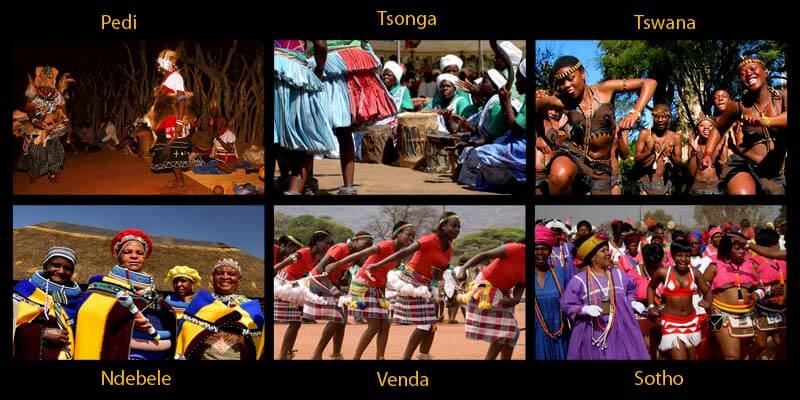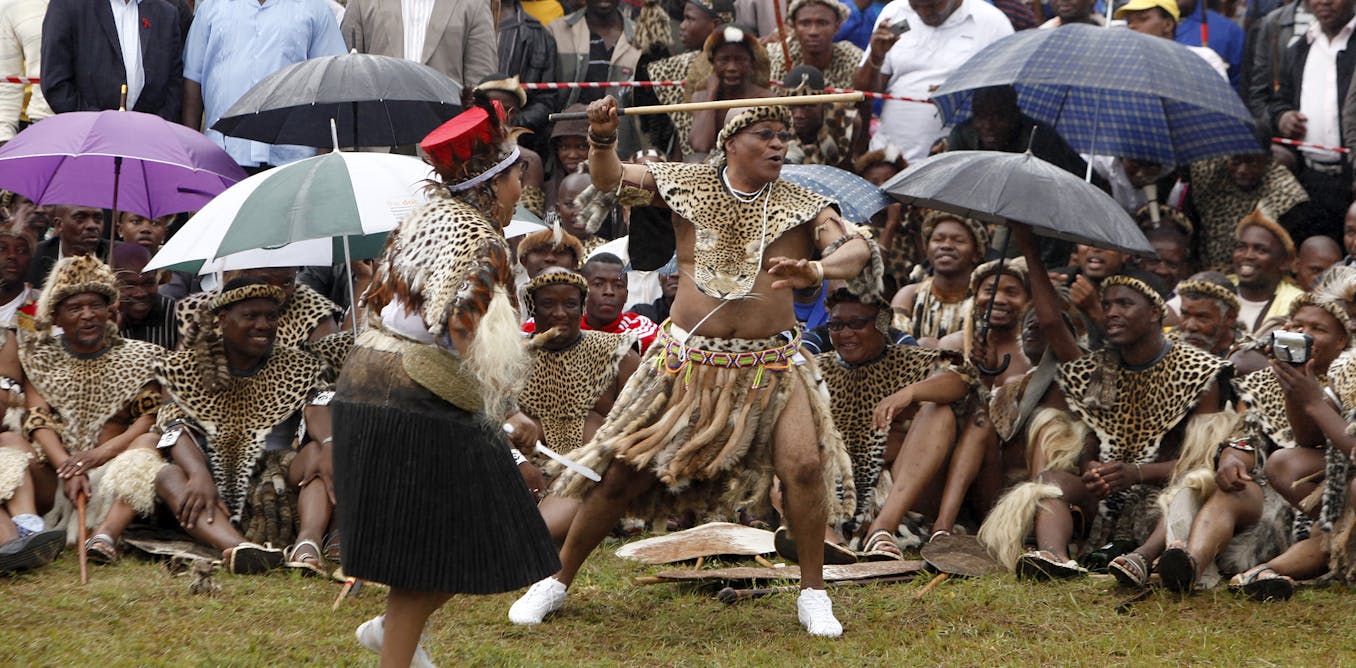The 5-Minute Rule for South African Culture Today
The 5-Minute Rule for South African Culture Today
Blog Article
About South African Culture Today
Table of ContentsNot known Details About South African Culture Today South African Culture Today - QuestionsThe Ultimate Guide To South African Culture TodayThe smart Trick of South African Culture Today That Nobody is DiscussingRumored Buzz on South African Culture TodaySouth African Culture Today for Dummies
A matter of value in Zambian towns is the passing away of liked ones. All participants of the village placed money, time and initiative together for the burial of the deceased.During the grieving duration; men stay outside your home and the women remain inside the residence of the deceased. After discussing the departed, the village walks to the location of funeral to say their last goodbyes. Music and dance is a really important facet of the Zambian culture. The different tribal devices have their own dancing types; however, makishi is common amongst all tribes.
The Buzz on South African Culture Today
When it comes to songs, drums are used one of the most, with a selection of drumming events. In Zambia, bulk of the people are Christian; Protestant and Roman Catholic. There are little teams of Muslims and Hindus, with the rest adhering to local native tribal beliefs.

South African heritage and society is profoundly diverse, and includes several different groups of individuals that each have their own traditions and beliefs. Having such a diversity of people and societies is what makes South Africa so special. In truth feeling of the expression, we are a rainbow country.
Making it the 7th on the list of countries with the most Portuguese people in it outside of Portugal. Portuguese is not only a culture, but it is additionally a language and a citizenship. Portuguese individuals originate from the country of Portugal in Europe, nonetheless, due to Portugal (like several other countries in Europe) exploring the world and conquering other countries during the 15th 20th centuries, South Africa has what we call Portuguese South African's living in it.
Little Known Questions About South African Culture Today.
Among the famous attributes of the topography is a plateau that covers almost two thirds of the center of the nation. The plateau facility increases toward the southeast, where it climaxes in the Drakensberg range, component of a cliff that separates the plateau from the coastal areas. The Drakensburg consists of Champagne Castle, the highest optimal in the country.
The area north of the Witwatersrand, called the bushveld, slopes downward from east to west toward the Limpopo River, which creates the international border. The western area of the plateau, the middleveld, additionally comes down towards the west and differs in altitude between the highveld and bushveld. Between the Drakensburg and the eastern and southern coastline, the land descends to the sea.
Nearer the coast there is a low-lying plain called the eastern lowveld. Southwest of the plateau the country comes to be gradually a lot more dry, paving the way to the stony desert of the Great Karroo, approached the eastern by the reduced, better watered plateau of the Little Karroo. Separating the completely dry southerly inside from the sandy coastal of the southern coast and West Cape is an additional click to read array, the Langeberg.
The Best Strategy To Use For South African Culture Today
The nation's racially, ethnically, and politically split background has actually generated national and subnational icons that still work as symbols of the country, and others signs that are accepted only by particular teams. The monuments to white settler conquest and political prominence, such as the Afrikaner Voortrekker ("leader") Monument in Pretoria and the Rhodes Monument honoring the British colonial empire home builder and Cape prime priest Cecil Rhodes, remain sectarian icons.
The initial modern-day occupants were the San ("bushman") hunter-gatherers and the Khoi ("Hottentot") individuals, who herded animals (South African culture today). The San may have been existing for hundreds of years and left evidence of their presence in thousands of ancient cave paintings ("rock art"). Bantu-speaking clans that were the forefathers of the Nguni (today's amaZulu, amaXhosa, amaSwazi, and vaTsonga peoples) and Tswana-Sotho language teams (today's Batswana and Southern and Northern Basotho) migrated below eastern Africa as early as the fifteenth century

Both previous republics of the Orange Free State and Transvaal (South African Republic) were established by Afrikaner inhabitants that defeated and dispossessed the Basotho and Batswana. Lesotho would certainly have been by force integrated into the Orange Free State without the expansion of British protection in 1869. The best unification of the nation resulted from the South African Battle (18991902) between the British and the two Afrikaner republics, which minimized the nation to ruin at the start of the twentieth century.
Afrikaners traditionally considered themselves the just true South Africans and, while giving complete citizenship to all homeowners of European descent, rejected web link that status to individuals of shade until the democratic transition of 1994. British South Africans maintain a feeling of cultural and social connection to Great Britain without deteriorating their identification as South Africans.
Getting The South African Culture Today To Work
The variety and fragmentation within ethnic groups and the equilibrium of tensions in between those teams throughout the twentieth century avoided interethnic civil conflict. While intergroup tensions over sources, entitlements, and political supremacy stay, those disputes are as most likely to match Zulu against Zulu as Zulu versus Xhosa or African versus Afrikaner.
From colonial India, British merchants and administrators brought the bent metal decorative roofs and slender lace job pillars that still epitomize the verandas of homes in communities and cities throughout the nation. Homes of prayer contribute an essential architectural facet also in the tiniest towns. In enhancement to the rising steeples and timeless stonework of Afrikaans Dutch Reformed churches, Anglican churches, synagogues, mosques, and Hindu temples offer variety to the religious architectural scene.

Slaughtering and the brewing of conventional grain beer are vital in securing the engagement and a good reputation of the forefathers who are thought about the guardians of good luck, prosperity, and wellness. Indian areas keep their native culinary customs and apply them on Islamic and Hindu routine and ceremonial celebrations. Afrikaners and check my blog Coloured individuals collect at weekends and special events at multifamily barbecues called braais, where community bonds are reinforced.
Because this was the main economic venture of both black Africans and white colonists, problem between those teams fixated the possession of grazing land and livestock. In 1867, the largest ruby deposits worldwide were found at Kimberley in the west main location. The riches from those fields assisted finance the exploitation of the greatest gold reef worldwide, which was found on the Witwatersrand in 1886.
Excitement About South African Culture Today
This brought about misunderstandings and purposeful misstatement in the dealings of white settlers and federal government authorities with African chiefs during the colonial duration (South African culture today). In the facility of African reserves, some aspects of public and mainly "tribal depend on" land period were preserved, and even in white backwoods, forms of communal tenure were still exercised in locations with African neighborhoods
After the autonomous improvement of 1994, programs for land restitution, redistribution, and reform were set up, yet progress has actually been slow. The white minority still controls eighty percent of the land. Following agricultural land intrusions in Zimbabwe, the Division of Land Matters has actually pledged to speed land redistribution.
Report this page